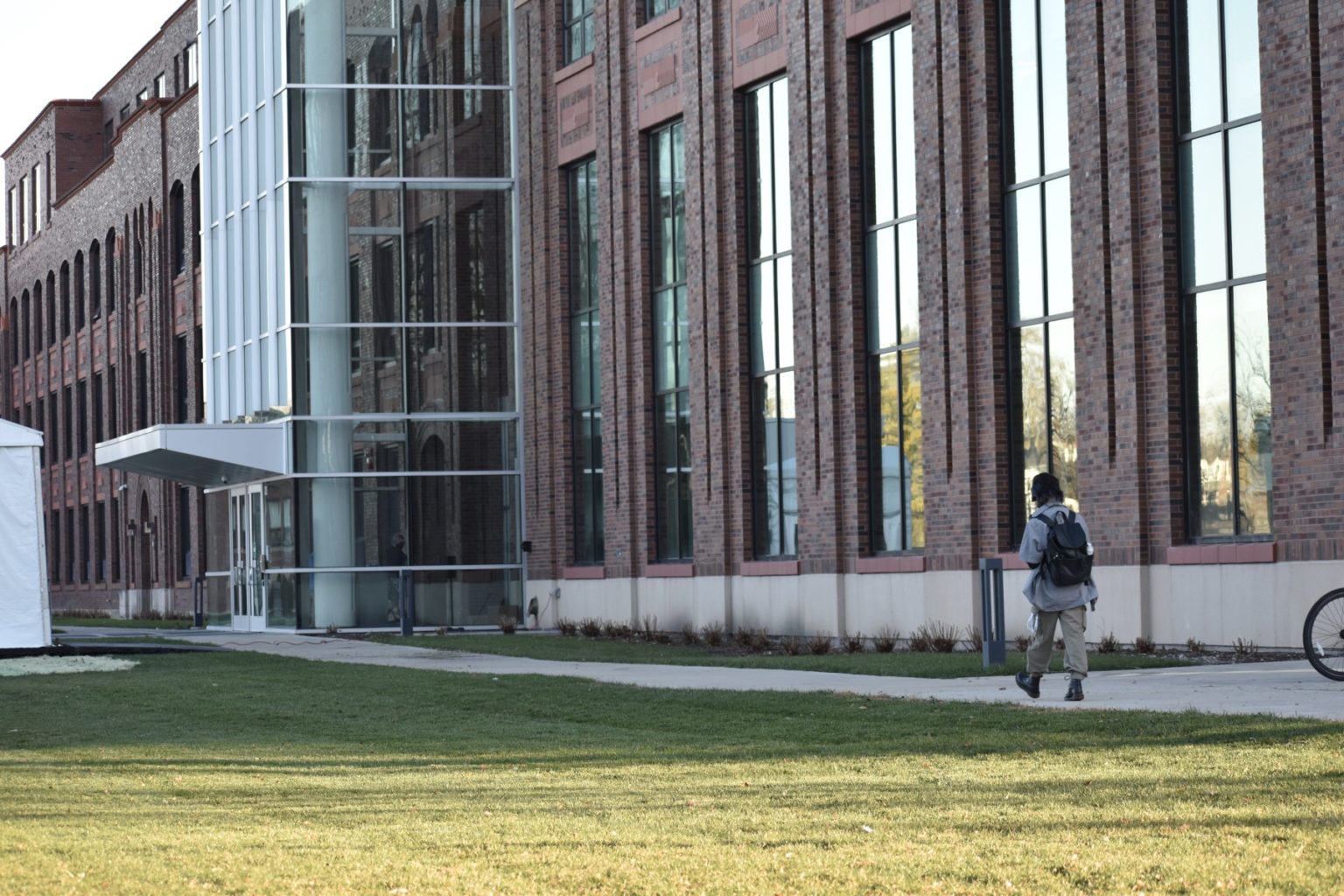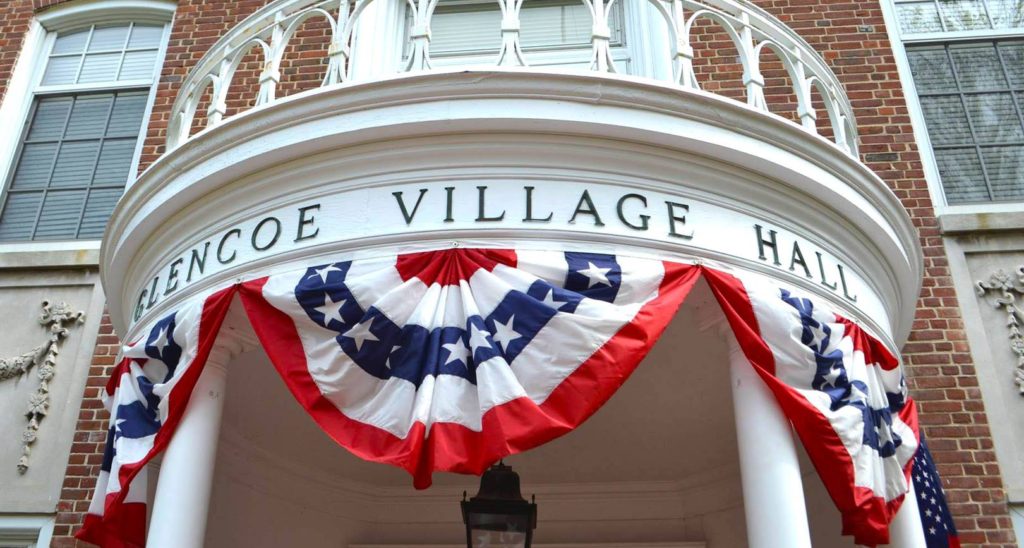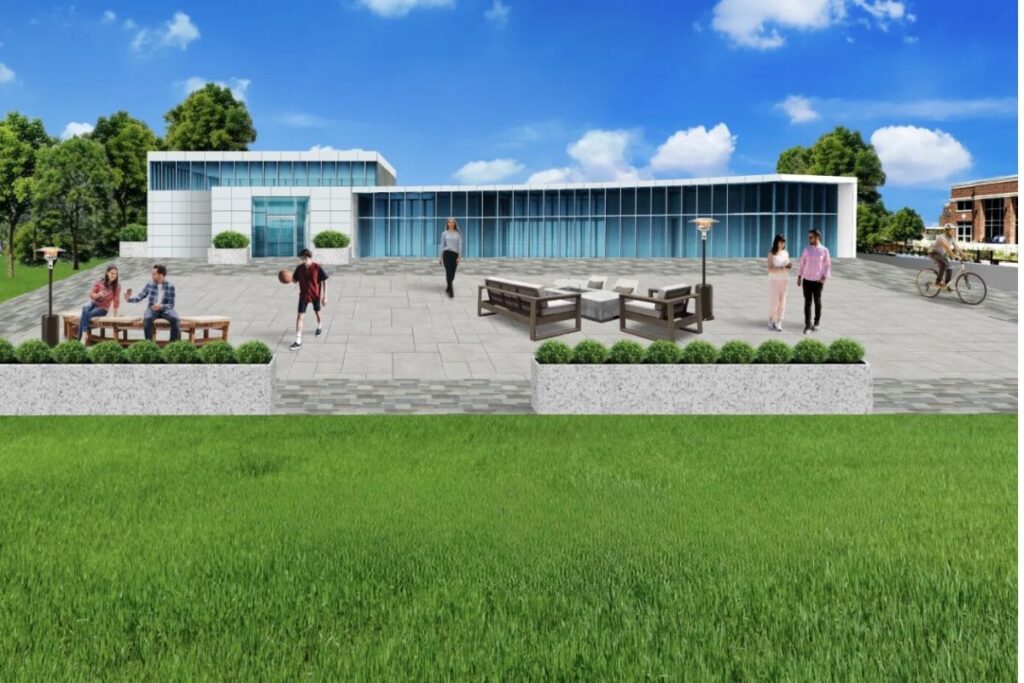
How do you solve a problem at New Trier?: Staff explains expansion of restorative practices to resolve student conflicts
One goal of New Trier High School’s strategic plan, New Trier 2030, is to help every student in the school feel like they are welcome and that they belong.
An initiative to help achieve that goal, known as Be Brave, Be Kind, Be Proud, was shared with the school board and the community at the board’s regular meeting on Monday, Sept. 19.
Superintendent Dr. Paul Sally wrote in a letter to the board that there are three components of Be Brave, Be Kind, Be Proud.
“It establishes a sense of what it means to be a Trevian, what we hope for in our school community, and provides the foundation and common language for establishing restorative practices throughout the school,” Sally wrote. “Building positive relationships, strong community, and focusing on students individually have been a part of New Trier’s culture for a long time — this initiative helps us renew and refocus our efforts on building a positive climate and culture.”
Cindy Fialka, a New Trier math teacher who also serves as a strategic planning liaison, said restorative practices are a form of conflict resolution aimed at getting students to work together to discuss their issues and how to move forward from them.
“It’s important that (students) can communicate how they are feeling, what they need, forgive others and be able to move forward,” she said. “Knowing how to sincerely offer and genuinely accept an apology is the foundation to rebuilding broken relationships.”
Fialka added that restorative practices are also in line with the district’s goal of creating critical thinkers.
“We want to develop critical thinkers who care about talking through problems, who are eager to listen fully to each other and consider multiple perspectives,” she said.
The school is utilizing a three-tiered approach when it comes to the initiative. Tier 1 is proactive strategies, with an emphasis on relationship building and fostering a positive community, which staff estimates will work for about 85 percent of the students.
Tier 2 is reactive strategies, which involves intervention and cooperation from teachers, families and the student. It’s estimated 10 percent of students will participate.
Tier 3 is mediation, a method that is estimated will impact 5 percent of the students.
Patricia Sheridan, a junior class adviser chair, said that traditional discipline methods don’t always work with every student, and restorative practices provide another way to work with a student who may have made a mistake.
“The real question is, how do we acknowledge that a student’s made mistakes, hold them accountable, while also helping them to grow and develop,” Sheridan said.
She added that restorative practices will not replace traditional discipline methods, saying “there’s a time and a place for traditional consequences.”
“The restorative practices approach is a more wholistic vision of discipline,” she said. “It considers the whole child and what led to a particular behavior. It also acknowledges the outcome and impact of behavior on oneself and others.”
The school has already started to implement restorative practices and has a goal of expanding them school-wide by the 2024-2025 school year.
Board member Sally Tomlinson praised all the work that has gone into implementing the initiative, and said she’s “100 percent behind what you said” and called it “an opportunity to learn and grow while appreciating accountability.”
East side athletic/academic project update
Board members also received an update on the progress of the Winnetka campus east side athletic and academic project.
Since January, construction has been ongoing on a new building that will offer improved facilities for both the athletic program and kinetic wellness classes.
Associate Superintendent Chris Johnson said the concrete work is entering its final phases on the foundation. Steel work is also nearing completion, with just one portion of the structure — the future site of the weight room and cardio room — remaining.
He added that roof installation is underway as well, with work on the auxiliary gym expected to begin soon.
“The roof is really important because once the roof is installed, it allows additional trades to work on site,” Johnson said, which means that once winter arrives, work can continue inside without weather interruptions.
The project is currently about two weeks behind schedule due to heavy rainfall earlier this summer. Johnson said the district is working with Pepper Construction, the project’s construction manager, “to maintain that two weeks or close it if possible” to ensure that there are no further delays.
The project is expected to be completed by the start of the 2023-2024 school year.
The Record is a nonprofit, nonpartisan community newsroom that relies on reader support to fuel its independent local journalism.
Subscribe to The Record to fund responsible news coverage for your community.
Already a subscriber? You can make a tax-deductible donation at any time.

Peter Kaspari
Peter Kaspari is a blogger and a freelance reporter. A 10-year veteran of journalism, he has written for newspapers in both Iowa and Illinois, including spending multiple years covering crime and courts. Most recently, he served as the editor for The Lake Forest Leader. Peter is also a longtime resident of Wilmette and New Trier High School alumnus.


